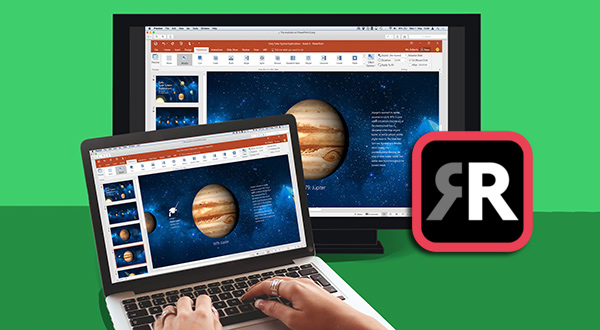

On your Roku, in the settings menu, you can choose whether mirroring requests are auto-granted or auto-denied, or if you want to be prompted for your permission.
Mirror for samsung tv mac review for android#
Better yet, while the Roku family (which includes multiple iterations and price tiers) was long bereft of any real native mirroring, the company now offers straight-up screen mirroring for Android and Windows devices. What really makes Roku fly is its combination of a great interface and a ridiculous selection of apps that number well over 1,000. Roku’s diverse collection of streaming devices are perennial favorites among reviewers and consumers alike. Read our Apple TV 4K review Roku ($25 to $96) AirPlay 2 offers increased functionality, and though it doesn’t offer any new mirroring features, the tech has arrived on an assortment of new TVs (and some older ones) from Vizio, LG, Sony, and Samsung, meaning you may not need an Apple TV at all for iOS mirroring. Savvy users can find all kinds of interesting ways to use this box as a media or smart home hub.Įven if an iPhone is your only piece of mobile Apple tech, the Apple TV makes a lot of sense as the mirroring device of choice. AirPlay mirroring is just the start, too. It’s done by swiping up from the bottom of the screen and tapping the AirPlay symbol in the quick menu (which looks like a square with a triangle through it). Apple’s proprietary wireless protocol suite is a brilliantly simple way to mirror video, audio, and pretty much any other content wirelessly from your iOS device to any display with an HDMI input. What makes it great for our purposes is AirPlay.
Boasting a wide selection of apps and an intuitive touch remote, the pricey Apple TV 4K is a solid choice for those entrenched in the Apple ecosystem. Unless you’ve been living under a pile of cathode ray TVs, the Apple TV set-top box is a streaming device that competes head-to-head with Roku devices, Amazon’s Fire TV devices, and other streamers. Set-top boxes and streaming sticks Apple TV ($150 to $200) Bill Roberson/Digital Trends Read on to determine which of these products will best help you do the job. Whether you have an iPhone, iPad, or Android device, options for sharing your screen in 2020 are plentiful. Thankfully, screen mirroring is nearly as ubiquitous as direct casting, and if your source and destination devices are perfectly compatible, it can be just as painless. We used the same method to cast Amazon Prime Video to Chromecast before updates brought us proper functionality. It’s almost like casting, but instead of playing back a single file or using built-in app controls, it shows everything that’s showing on your phone or computer in real-time - home screen and all. Screen mirroring allows you to display whatever’s showing on your smartphone or tablet at any given moment. Sadly, not all content sources support native casting, and unless you own a Chromecast, Android TV, or Vizio Smartcast TV, the options built into services like Netflix and Hulu won’t do you a ton of good. Whether you want to watch your favorite vlogger’s latest YouTube upload on a massive TV or hear Spotify’s newest album releases on a pair of connected smart speakers that can emulate a small earthquake in your home, the utility of casting makes it easy to do it all from your mobile devices. These days, most smart entertainment devices let you cast content from your smartphone or tablet to enjoy it on more capable hardware.

Depending on the type of phone, tablet, and TV you have, the way that you mirror will vary. Unfortunately, there’s no one-size-fits-all answer or universal instruction manual. Sure, not every mobile device or TV has this capability, but at this point, most do.


 0 kommentar(er)
0 kommentar(er)
